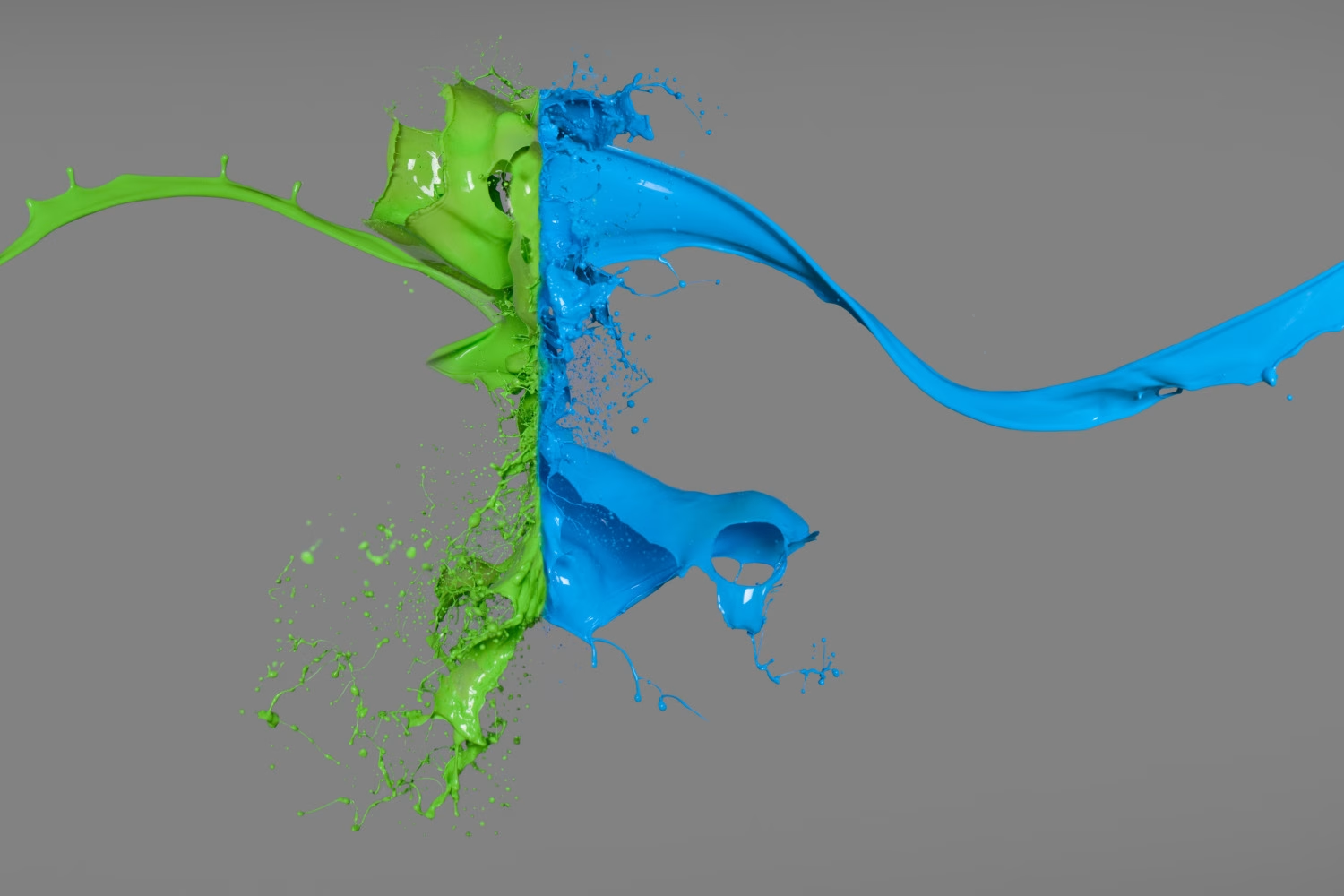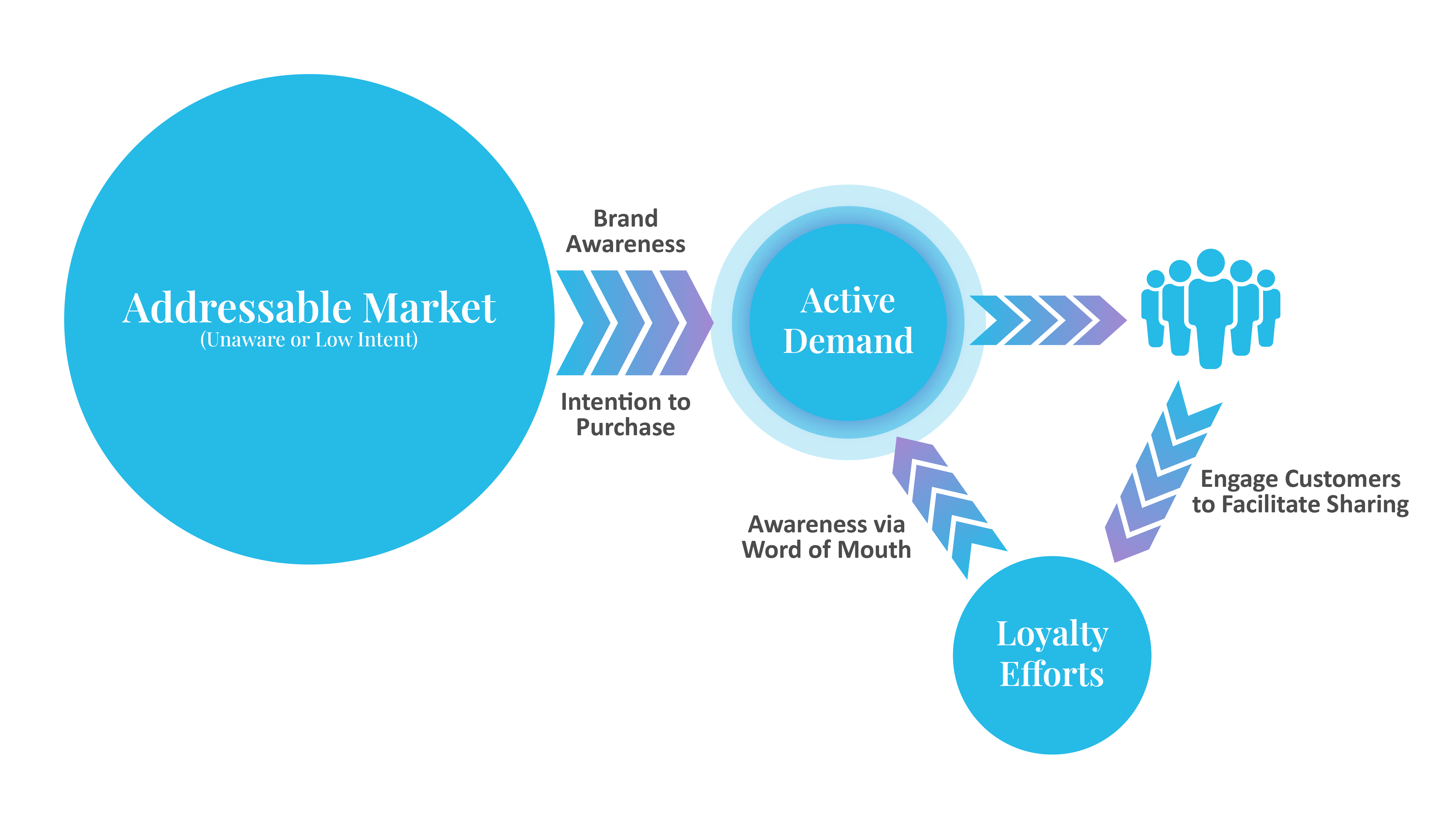The Future of Demand Is Integrated With Brand

Share this story
MX’s VP of strategy, Kelly Olson, shared with B2B Marketing in its 2023 U.S. Agencies Benchmarking Report why B2B businesses must unite brand and demand to create a holistic customer experience (CX). Below, we’ve published some of her insights that appear in the report.
Astute B2B marketers recognize the growing importance of brand to the health of their organization. It’s a marquee topic at industry events and we’ve seen a rise in brand strategy work across B2B verticals. Yet despite the promise around its value, I see B2B marketers continue to struggle integrating brand and demand activities.
It’s connected to B2B marketers’ deep roots in demand. With long sales cycles, the demand funnel has been key to our success. It’s likely also about perceived control. Demand marketing is easy to measure and optimize in real time (cue dopamine hit!). And then there is the challenge of resetting expectations with business leaders accustomed to short-term metrics.
Whatever the reason for marketers overemphasizing it, the fact is demand marketing alone does not create sustainable business growth. Demand is effective at converting active buyers, but it fails to recognize that most of the addressable market is not active. A recent study from LinkedIn estimates that only 5% of buyers are active. To grow share, marketers must also create demand among the 95% that will be active in the future, and that is where brand marketing comes in.

So let’s face the truth — thinking of brand and demand as separate teams with different jobs is the past. Integrating the two together through a connected customer experience? That’s the future of demand.
Four Steps to Help You Get Started:
Bring continuity to CX. Too often brand and demand efforts operate separately and miss the opportunity to create a cohesive customer experience. Remember, the perception of your business is formed by every interaction with your brand. To bring continuity to the experience, center your brand and demand communications on shared customer needs — not “demand” or “brand” goals.
Elevate brand creativity. Let the elevation of brand lead to the elevation of creativity. Avoid the common trap of applying rational demand thinking to your brand marketing. To seed interest before a buyer is in the market, brand marketing must be memorable. It must tap into associations, memories and emotions to access creative staying power.
Expand your media strategy. Don’t rule out traditional media simply because it is difficult to measure, as it can be an effective brand builder. And think differently about how you’re leveraging digital media — OTT targeting means TV can be leveraged for demand as well as brand. Conversely, digital channels traditionally considered for demand have proven to be effective brand builders.
Go beyond demand metrics. Don’t just focus on core demand metrics. Include revenue-centric metrics like pipeline value, average deal size, lifetime customer value vs. acquisition cost, and recurring revenue (if part of your business model). Establish benchmarks against these metrics now, and then compare those to the results you see when you are running brand and demand together in order to justify additional spend and to identify points of optimization.
To sustainably drive demand in the future, marketers must leverage emotional and rational storytelling, create visibility online and offline, balance short- and long-term KPIs, and deliver them in the only way that matters — across a connected customer experience.



